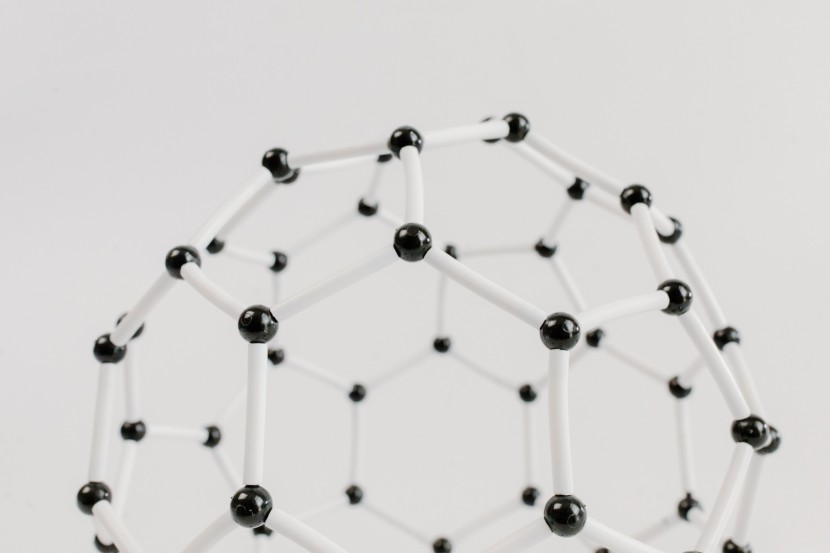
Physicists were baffled by the discovery of a strange new type of behavior in a magnetic material that causes it to freeze when it is heated up, contrary to what is observed in every other thing in nature.
The magnetic spins "freeze" into a static pattern when the temperature rises, which is a phenomenon that is normally seen when the opposite happens. The scientists published their findings in Nature Physics on July 4.
Freezing in Rising Temperature
The researchers first observed the phenomenon in the material neodymium, which is an element that they described several years ago as a "self-induced spin glass." Spin glasses are typically alloys where iron atoms, for example, are randomly mixed into a grid of copper atoms.
Each iron atom behaves like a small magnet, or a spin, which is where it gets its name from. The randomly placed spins point in all kinds of directions. Unlike conventional spin glasses, where there is random mixing of magnetic materials, neodymium is an element and without significant amounts of any other material, shows glassy behavior in its crystalline form, as per Eureka Alert.
The spins form patterns that whirl like a helix, and this whirling motion is random and is constantly changing. In the new study, researchers discovered that when they raised the temperature of neodymium up from -268 celsius to -265 Celsius, the spins "freeze" into a solid pattern that formed a type of magnet.
Read Also: Star Formation Deciphered With the Discovery of the Largest Alcohol Molecule Ever Seen in Space
When they cooled down the material, the random whirling helix patterns came back and the "freezing" of the pattern is not normally observed in magnetic material, said Alexander Khajetoorians, a professor of scanning probe microscopy at Radboud University.
According to Science Alert, Khajetoorians said that the magnetic behavior observed in neodymium was actually the opposite of what "normally" happens. He said that the incident was quite "counterintuitive," similar to water becoming an ice cube when heated.
Odd Behavior
In a conventional ferromagnetic material, for example, iron, the magnetic spins of the atoms all align in the same direction, that is, their north and south magnetic poles are oriented the same way in three-dimensional space.
The team of scientists that made the discovery was led by physicist Benjamin Verlhac of Radboud University. It remains unclear why the interaction with neodymium and a rise in temperature occurs since it is very rare that a natural material behaves in the "wrong" way.
Scientists, however, believe that the phenomenon may have something to do with what they called frustration. This is when a material is unable to attain an ordered state, resulting in a disordered ground state, such as what is observed in spin glasses.
The odd behavior was linked to the concept of degeneracy, where many different states have the same energy and the system becomes frustrated.
The effect of changing temperatures is to break this predicament, leaving certain states to survive, allowing the system to clearly settle into one pattern. Scientists may also be able to harness this behavior toward new types of information storage or computational concepts, such as brain-like computing, SciTechDaily reported.
Related Article:
Physicists Continue To Analyze the Higgs Boson 10 Years After the Discovery of the 'God Particle'
© 2025 HNGN, All rights reserved. Do not reproduce without permission.








